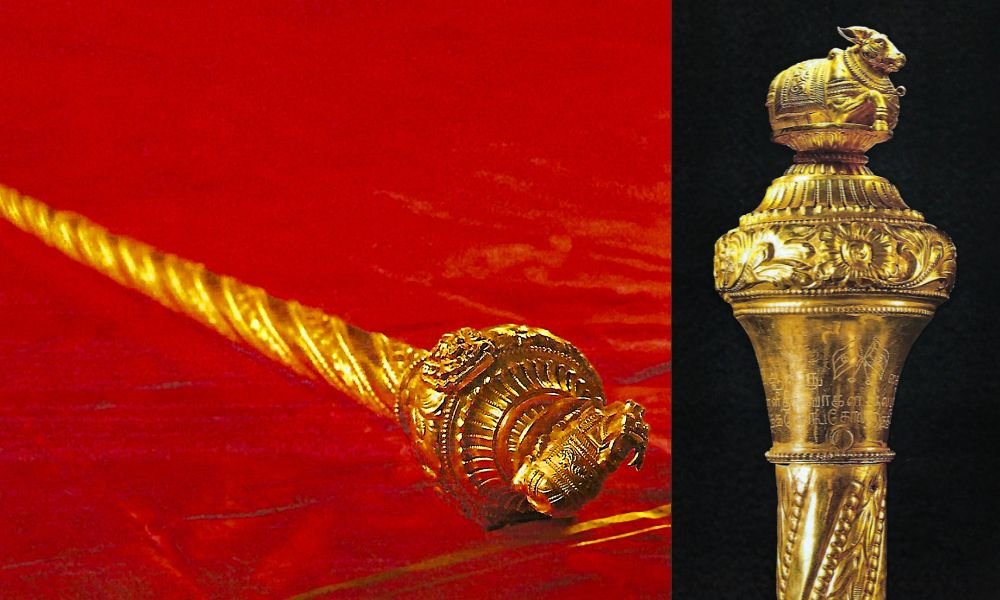What is Sengol?
Sengol holds historical importance in the legacy of the Indian Parliament. It was first given to the first Prime Minister of India, Jawaharlal Nehru when he took charge of the nation after Independence.
The Sengol represents a symbol of the transfer of power from the British Government to India. The idea of Sengol was the brainchild of C.Rajagopalachari, who was inspired by the Chola Dynasty.
In Cholas, a similar ceremony was held at the time of the transfer of power from one king to another.
The “sengol” was created by the Chennai-based jeweller Vummidi Bangaru Chetty. It was presented to the then Prime Minister Jawaharlal Nehru on August 14, 1947.
The “sengol” is five feet long staff with its top adorned by Nandi, a divine bull and vehicle of Lord Shiva. Nandi represents fairness and justice.
The ceremonial sceptre, next to the Speaker's seat, is called "sengol" - which derives from the Tamil word "semmai", meaning "righteousness".
Union Home Minister Amit Shah said that the 'Sengol' has played a key role in India's history. This sceptre was handed over to India's first Prime Minister Jawaharlal Nehru to mark the transfer of power from the British to Indians.
Until now, the sceptre was housed at a museum in Uttar Pradesh's Prayagraj.
Ahead of its installation in the new Parliament building, the 'Sengol' was handed over to PM Modi by nearly 30 pontiffs from different Adheenams in Tamil Nadu.
The one accorded the 'sengol' is expected to impart a just and impartial rule.


.jpeg)



No comments:
Post a Comment